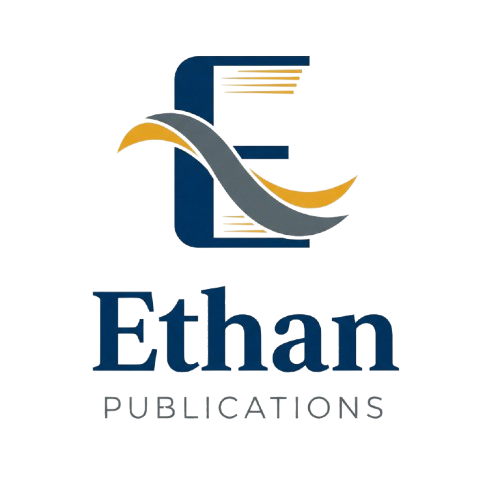BRIDGING MATHEMATICAL GAPS IN PHYSICS: THE ROLE OF CHANGE OF SUBJECT FORMULA IN STUDENT ACHIEVEMENT AND ATTITUDE PROGRAMS
Authors: Grace Amaka Obinna
DOI: 10.5281/zenodo.17286155
Published: April 2024
Abstract
<p>The knowledge of change of subject formula is indispensable in the study of Physics. Owing to the poor problem-solving skills of secondary school science students leading to their negative attitude towards Physics as a hard subject, gave birth to this study. The study sought to determine the impact of the knowledge of change of subject formula on attitude and problemsolving skills of senior secondary school one (SSS1) Physics students in Rivers State. Quasiexperimental research design was adopted using pre-test and post-test treatment and control groups. Random sampling technique was used to select 150 Senior Secondary one (SSSI) students from Community Secondary School (C.S.S.) Omoku. 76 males and 74 females made up the sample. Physics Achievement Test (PAT) and Attitude of Students towards Learning of Physics (ASTLP) were used to measure student’s problem-solving skills and attitude. The reliability of the instrument returned a reliability coefficient of 0.99 using Kuder-Richardson’s Formula-21. Four research questions and five hypotheses guided the study. Data was analyzed using mean, standard deviation, column chart, t-test, and person’s correlation. Findings revealed that there is a statistically significant change in attitude and problem-solving skills of secondary school physics students taught change of subject formula. Similarly, in the case of gender, there was a significant change in attitude and problem-solving skills of males and females in the treatment group. Furthermore, the study also revealed that there is no relationship between attitude and problem-solving skills of Physics students taught change of subject formula. Hence, it was recommended that change of subject formula should be included as one of the topics to be taught in Senior Secondary One (SSS1) Physics curriculum in Nigeria</p>
Full Text
No full text available
Cite this Article
References
- No references available.
